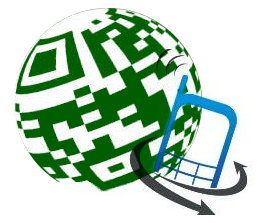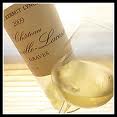
The company calls it InfoSound, and it uses frequencies that are still in the range that can be reproduced by common audio-encoding systems, yet are too high for most humans to hear. With an InfoSound app running on your phone, it would listen for and decode transmissions from TVs playing in the phone's vicinity.
Since most people can't hear above 20kHz, and sensitivity drops both as you approach that limit and as you age, Yamaha intends to focus InfoSound transmissions on audio from 18kHz on up. With CD-quality sound, the highest reproducible frequency is around 22kHz.
This limited frequency range, combined with distortion and ambient noise taking their toll, means Yamaha can't send a whole lot of data this way. It will work a lot like how QR codes do now, where they act as pointers to data online. You might be watching a TV show and an InfoSound broadcast would send a link to your smartphone, suggesting where you could order the show as a DVD box set.
If this kind of system sounds familiar, it should. Digital Convergence, the company behind the massive flop that was the CueCat barcode scanner, launched a similar project in 2001 that used your PC's sound card to decode URLs sent via the TV audio carrier. While it's definitely more convenient to use your smartphone's all-in-one hardware than it is to expect users to both plug in a microphone and watch TV near their computers, the systems sound so very similar that we're curious to see if Yamaha has some trick to succeed where Digital Convergence failed.
Source: Yamaha (via Google Translate)
Via: Engadget




































































ReplyDeleteNice Sharing.. Useful information. Great work!
qr code guest registration service australia